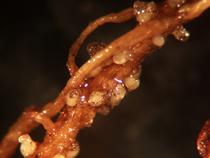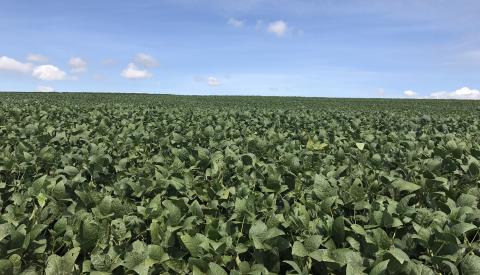Rotation Impact on Irrigated Corn and Soybean Yields in Nebraska
On most Nebraska rainfed farms, soybean and corn are usually rotated. On irrigated fields, however, the rotation sequence tends to shift to more years of corn between soybean, and in some cases, corn is grown continuously, year-after-year.
Announcing the 7th Annual SCN ‘Tode Awards
SCN Now Confirmed in 58 Counties; How About Your Field?
A Quick Look at Soybean Production In Southeast Brazil
Research in 4 North Central States Shows Limited Response with Fungicide in R3 Soybeans
In a multi-year summary of soybean studies with fungicide and insecticide applications in the north central United States, university researchers combined trial data to estimate overall profitability of foliar applications at the R3 growth stage (beginning pod development).
CornSoyWater: An Online App to Aid in Irrigation Management
Traditional irrigation decision-making relies heavily on experience and requires frequent visits to the field. The process is time consuming and labor demanding, while the results are not quantitative and prone to error.
Crop Production Clinics Jan. 4-19 across Nebraska
This year's Nebraska Crop Production Clinics feature agronomic, pest management, and farm management information to help growers make smart research-based decisions to improve their bottom line. Clinics will be held at nine sites across the state, starting with Gering on Jan. 4 and ending with Kearney on Jan. 19.







